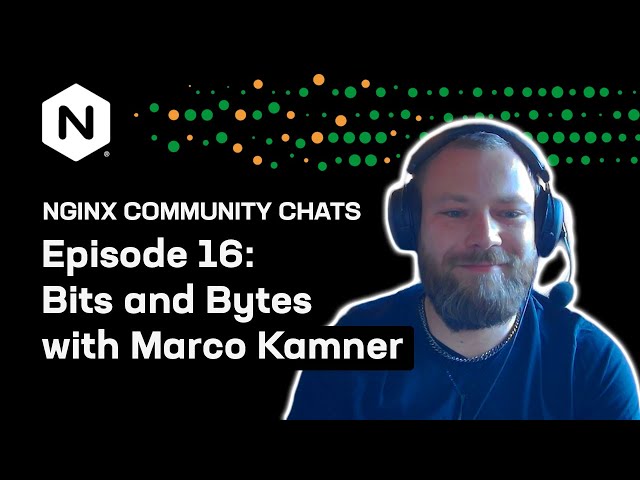Guest Appearance: Nginx Community Chats


Debugging container workloads can be a challenge sometimes, especially when running them in k8s, behind a reverse proxy or in other, possibly complex, traffic flow scenarios.
[Read More]Copy & paste from untrusted sources on the internet into the terminal is a really bad idea! Early in my career I did it too and still often see others doing it.
[Read More]I write an extensive personal knowledge base using markdown, code-server and a variety of other tools. Originally, in 2021, I wanted to have something like Obsidian Publish but self-hosted, so I created it.
Over time my knowledge base evolved more into a second brain, tracking not only my technical notes and journal, but also things like recipes and hikes. With this my publishing pipeline, and the script at it’s core, extended in a multitude of ways.
[Read More]
In this post I share my process for building the MVP for PodHistory, from idea to launched product and what my next steps will be.
[Read More]
This is a guide to a simple self organization/task management system I built for myself over the years.
From time to time I showed it to someone and they got some benefits from it, most adapted it to better fit their needs down the line, which is exactly what you should do with any kind of personal task management in my opinion.
[Read More]Sometimes you have to do a specific task and you are fully capable of doing it manually, however those tasks are also great to flex your muscles and hack something together.
They can be an excellent tool to sharpen your skills with the tools you use regularly, and improve your quick prototyping skills.
In addition, with a couple of iterations, again sharpening an important skill, you could afterwards create a more general purpose tool from a hacky script.
[Read More]Given the recent rise in text-based language models, sometimes called AI tools, I wanted to share my thoughts and experiences in using them, especially in the context of blogging.
[Read More]
There are many ways to run your own server, from setting up a Raspberry Pi on your desk to renting a physical server at a provider.
In this post, we will focus on setting up a virtual server with DigitalOcean, which is one of the easiest ways to get started.
[Read More]
In the world of technology, we are moving further and further away from operating directly on servers, but there are still significant benefits to be gained from running a personal server.
I have been running some kind of personal server for many years now and I strongly believe anyone working in technology can benefit greatly from doing so. Here’s why:
[Read More]In this post I will go over the MVP building phase of Honeypot Login, from idea to launched product and what my next steps will be.
[Read More]
Running any kind of personal infrastructure sometimes requires your attention based on certain events or failure states, no matter how much you automate tasks.
Over the years I have used E-Mail, Telegram bots and a variety of other tools for this purpose. However all of them have the drawback that they mix with other kinds of information and are not easilly usable in scripts.
[Read More]The other day I was playing around in WSL with a colleague of mine and we did this:
[Read More]The problem: Docker itself can’t be run in WSL2 as it requires the docker daemon, usually run though systemd.
The solution: Podman works just fine and can easily be installed, although we will need to configure some things to make it work properly.
[Read More]